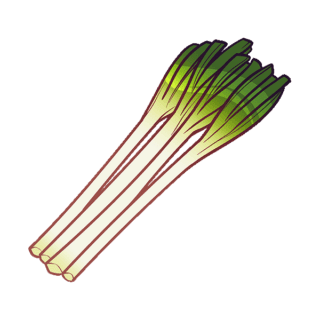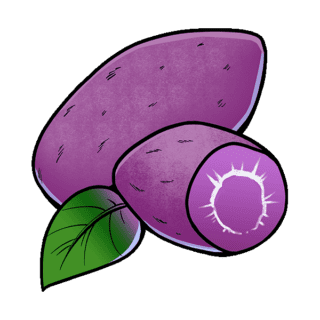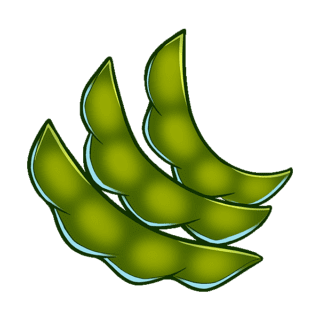Taro Leaves
The edible and starchy root of the taro plant is perhaps the more famous component of this vegetable, but both that and the leaves are a staple across the globe. From Africa to South and Southeast Asia, Polynesia, Austronesia and elsewhere in Oceania, the Caribbean, and even parts of Mediterranean Europe and the Middle East, taro is a part of the cuisine — in many of these places, integrally so.
Taro and their leaves are often especially associated with Pacific Island cuisines from Southeast Asia in the west to Polynesia in the south, north, and east, where they’re staples.
Taro leaves are large, heart-shaped and typically green with a slightly hairy texture on the underside. These leaves must be cooked to neutralize toxicity that can otherwise wreak havoc on your kidneys and digestive system. Doing so also breaks down the little needles that can irritate your throat and mouth.
When cooked, they have a similar consistency to other greens. Their taste is quite mild, so taro leaves are almost always cooked alongside more flavorful ingredients. This can be steamed, boiled, stewed, as wrappings that are then baked, or through other means. Common accompaniments for them to be cooked alongside includes certain meats and fish, coconut milk, spice pastes, and other vegetables.
Nutritionally, what taro leaves lack in macronutrients — they’re mostly water with a bit of carbohydrates and protein — they make up for by being loaded with lots of different vitamins and minerals. They’re also, as you would expect, very high in fiber.





